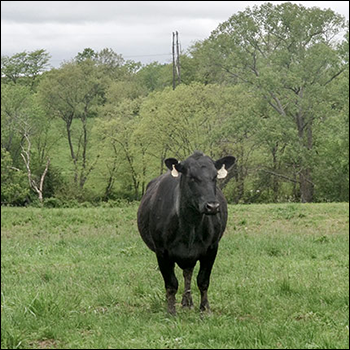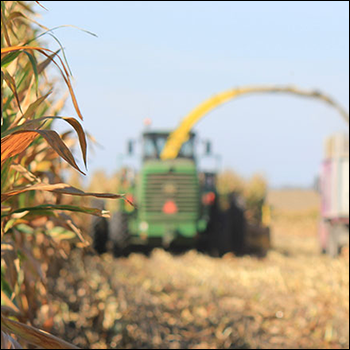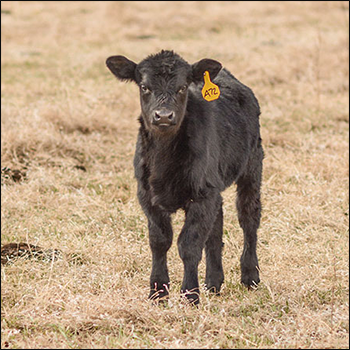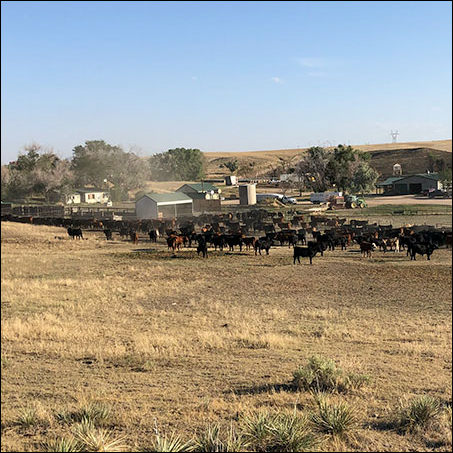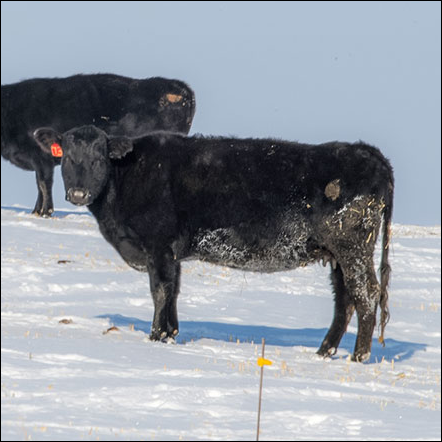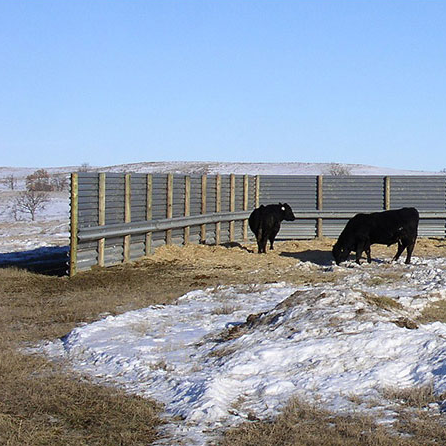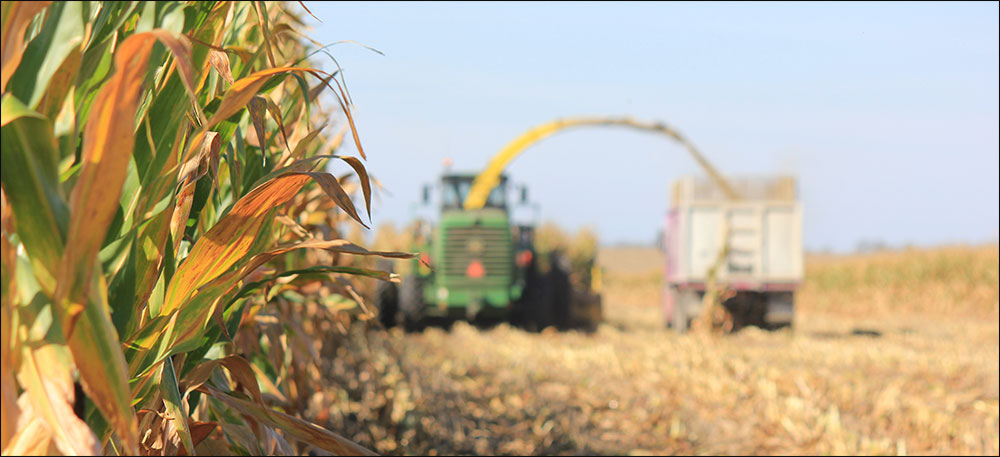
Health Care and Weather Distressing Farmers
Survey shows health care costs as big of concern as business margins.
Weather was a major source of stress for farmers in 2019 when unrelenting rain kept some from being able to plant.
Perhaps more surprising was that health care costs weighed as heavily on their minds as business costs and profit margins that year, according to a survey done by the Ohio State University College of Food, Agricultural and Environmental Sciences (CFAES).
One in three farmers in the survey reported major stress from farm economic conditions — land prices, production costs and commodity prices — and paying for health care.
“Ohio farmers told us they were experiencing distress, and it wasn’t just because of the prices and economics of agriculture. It was also struggles over health insurance or events that happened: life transitions, job losses, drug abuse, divorce,” says Doug Jackson-Smith, a CFAES professor.
Jackson-Smith conducted the survey last year on a random sample of 837 farmers across the state with CFAES assistant professor Shoshanah Inwood and postdoctoral researcher Andrea Rissing. The farmers answered questions about a range of challenges in 2019, a year with unrelenting rain, a trade war and a slump in commodity prices.
“It was a stress test,” Jackson-Smith says. “We can learn from a year like 2019 about the overall vulnerabilities and strengths of our farming system, which can help guide strategies to strengthen our farm sector for the future.”
In 2019, more than half of the farms polled experienced worse business conditions than usual, and 43% experienced a significant drop in crop yields. Those economic conditions took a bigger toll on larger farms, particularly grain and dairy farmers, compared to farmers of livestock or specialty crops such as fruits and vegetables.
“Since Ohio’s farms range in size and type, the farm sector, as a whole, was better able to deal with the market and weather challenges of 2019,” Jackson-Smith says.
In dealing with the financial hurdles of 2019, nearly four out of every 10 farmers surveyed said they leaned on household savings. Cutting spending on farm production costs and postponing farm purchases were the next most common ways farmers adapted.
“We tend to treat the household budget as separate and independent from the farm business budget. They’re not,” Inwood says. “Here we see evidence of just how important the household is for helping a farm business ride out a rough year.”
One of the household sources of stress in 2019 was paying for health care. Nearly six out of every 10 farmers surveyed said they had a family member with a preexisting or chronic health condition. Nearly one out of every three had a family member whose health made it difficult to farm.
“Health challenges are quite common in farm households, and they affect farms’ ability to survive,” Jackson-Smith says.
Policies designed to promote the well-being of farms should also consider how health care costs, quality of life and the availability of good jobs off the farm can have an effect on the farm business, Inwood says.
“Healthier workers typically are more productive and better able to respond and adapt to changes in weather, market prices and costs,” Inwood says.
The survey results will be shared with various groups — including farm and rural development organizations, legislators, and researchers and staff with Ohio State University Extension — to ensure programs for farmers are responsive to current needs.
“The purpose of this survey is not to critique any individual program or policy,” Inwood says. “It was done in the spirit of giving Ohio farmers a voice.”
Editor’s note: Alayna DeMartini is a writer for the College of Food, Agricultural and Environmental Sciences at Ohio State University. Photo by Miles Stagemeyer from the 2017 NJAA/Angus Journal Photo Contest.

